Rajasthani special Ram Khichdi / gatte ka pulao
Discover the soulful flavors of Rajasthan with Ram Khichdi, a dish that embodies the essence of the region's culinary heritage. This dish, also known as "Gatte Ka Pulao," transports you to the heart of Rajasthani kitchens with its exquisite blend of ingredients and cultural significance.
Table of Contents
What is Ram Khichdi
Ram Khichdi is a traditional Rajasthani dish that marries the goodness of rice and chickpea flour dumplings (gatte). These gatte are cylindrical dumplings made from besan (gram flour), which are then fried until golden. The dumplings are combined with fragrant spices, vegetables, and rice to create a flavorful one-pot meal. The dish showcases the resourceful use of locally available ingredients in Rajasthan's arid climate.
About Ram Khichdi/Gatte Ka Pulao:
Ram Khichdi is sometimes also referred to as "Gatte Ka Pulao," highlighting the prominent use of gatte in the dish. These gatte, made from chickpea flour, offer a unique texture and taste to the pulao, making it a standout dish in Rajasthani cuisine.
Quick and Easy Ram Khichdi
Savoring Quick and Easy Ram Khichdi is like taking a bite of history and culture. As a chef, my introduction to this dish felt like a culinary revelation. The blend of aromatic spices, tender gatte, and fragrant rice resonated with my appreciation for comfort food, much like other traditional rice-based dishes around the world. Preparing this dish transports me to the vibrant kitchens of Rajasthan, where every bite carries the legacy of time-honored flavors and culinary traditions.
What other things you can make using Gatte?
Here are some traditional Rajasthani recipes that feature gatte as a key ingredient:
- Gatte Ki Sabzi: Gatte cooked in a spiced yogurt-based curry, often flavored with aromatic spices like red chili powder, turmeric, and cumin.
- Gatte Ka Pulao: A fragrant rice dish where gatte are combined with rice, along with spices like cloves, cardamom, and cinnamon, creating a flavorful one-pot meal.
- Gatte Ki Khichdi: A comforting dish where gatte are added to a mixture of rice and lentils, cooked together with spices to create a hearty khichdi.
- Gatte Ka Saag: A variation of the sabzi, where gatte are added to a mustard greens-based gravy, creating a unique blend of flavors.
- Gatte Ki Kadi: Gatte are added to a tangy and spiced yogurt-based curry, creating a rich and satisfying dish often enjoyed with rice.
- Gatte Ki Subzi with Besan Papad: Along with gatte, this dish features crisp besan papads that are added to a flavorful tomato-based gravy.
- Gatte Ki Biryani: Gatte are layered with aromatic rice and spices, then cooked together to create a fusion of gatte and biryani flavors.
- Gatte Ki Kadhi Pakodi: A combination of gatte and pakodis (fried gram flour fritters) in a spiced yogurt curry, a delicious and indulgent dish.
- Gatte Ke Noodles: A creative twist where gatte are sliced into noodle-like strands and used in place of regular noodles in a flavorful stir-fry.
- Gatte Ki Curry with Papad: This variation adds crunchy papads to the gatte curry, creating a contrast of textures and flavors.
These Rajasthani recipes showcase the versatility of gatte and their ability to enhance a variety of dishes with their unique taste and texture.
How to make Ram Khichdi
- Let's start by making the gatte. For this, take all ingredients in a bowl, mix oil nicely with besan and knead with some warm water until a soft dough is formed.
- Now roll the dough in cylinders and cut in rounds then fry in medium hot oil.
- Take the finished gatte out and in the same oil, add whole spices and jeera.
- Sauté the whole spices for 30-45 seconds and then add ginger, green chili and all the vegetables .
- Sauté and allow the vegetables to cook.
- While the vegetables are cooking, mix all the spices in the dahi.
- Add this dahi to the vegetables, mix and cook for 4-5 mins.
- Add water along with half the quantity of rice, stir and let it boil .
- When it comes to a boil, add the soaked and drained rice .
- Mix gently and add the tomatoes and fried gatte and garnish with fresh coriander .
- Cover and cook till water is soaked and rice is cooked.
- Finally serve the gatte ka pulao with some fried onions and fresh coriander.
How to make gatte?
Ingredients:
1 cup besan (gram flour)
1/2 teaspoon turmeric powder
1/2 teaspoon red chili powder
1/2 teaspoon cumin seeds (jeera)
1/2 teaspoon carom seeds (ajwain)
1/4 teaspoon asafoetida (hing)
Salt to taste
2 tablespoons oil
Warm water, as needed
Instructions:
- In a mixing bowl, combine besan, turmeric powder, red chili powder, cumin seeds, carom seeds, asafoetida, and salt.
- Add 2 tablespoons of oil and mix well to incorporate the oil into the besan mixture.
- Gradually add warm water while kneading to form a soft and pliable dough. The dough should be slightly firmer than chapati dough.
- Divide the dough into small portions and roll them into cylinders about 1/2 inch in diameter.
- Cut the cylinders into small rounds to form the gatte.
- Heat oil in a pan for frying. Once the oil is hot, reduce the heat to medium and gently slide the gatte into the oil.
- Fry the gatte until they turn golden brown and crispy. Remove them using a slotted spoon and place them on a plate lined with paper towels to remove excess oil.
- The fried gatte is now ready to be used in the Ram Khichdi recipe.
Note:
- You can adjust the spices in the gatte as per your taste preferences.
- Make sure the oil is at the right temperature before frying the gatte to ensure they cook evenly and become crispy.
- The fried gatte can be stored in an airtight container for a few days and used as needed.
More Delicious Recipe:
1. Punjabi Special Dal Makhani
3. Banana Puri
Expert Tips
- You can make the gatte in advance and even store them in an airtight container in the freezer for upto two weeks.
- Make sure that the vegetables are cooked at least 50 percent of the way through before adding the dahi mixture.
- Do not add excess water while cooking the rice as that will result in a overcooked and mushy pulao.

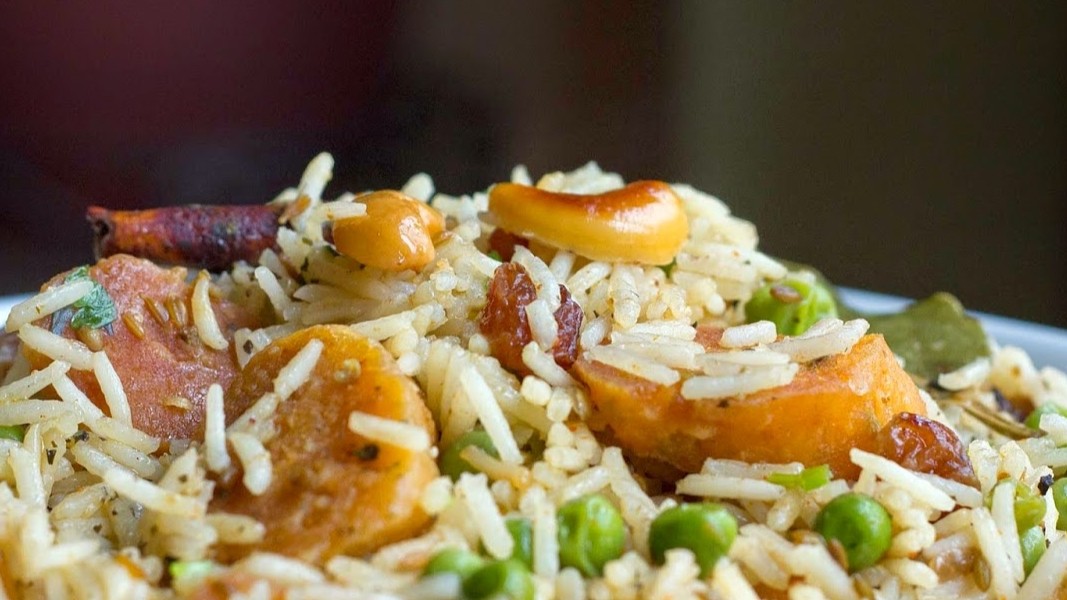


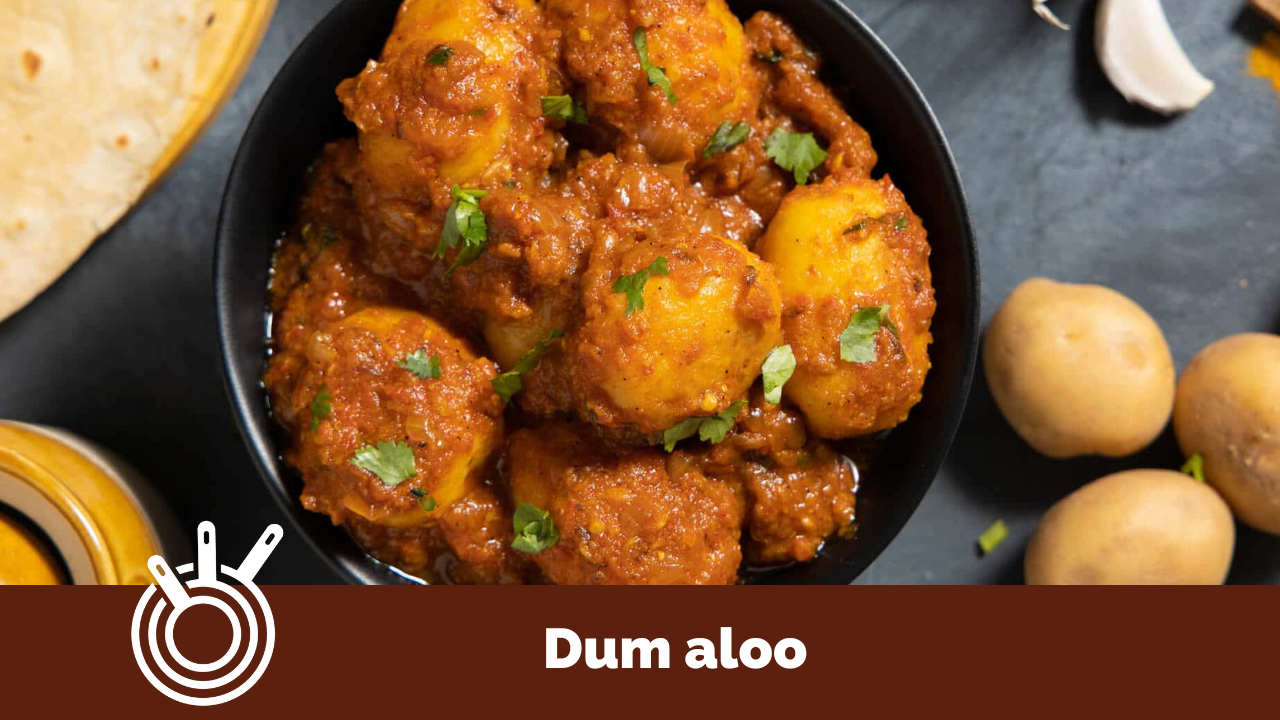

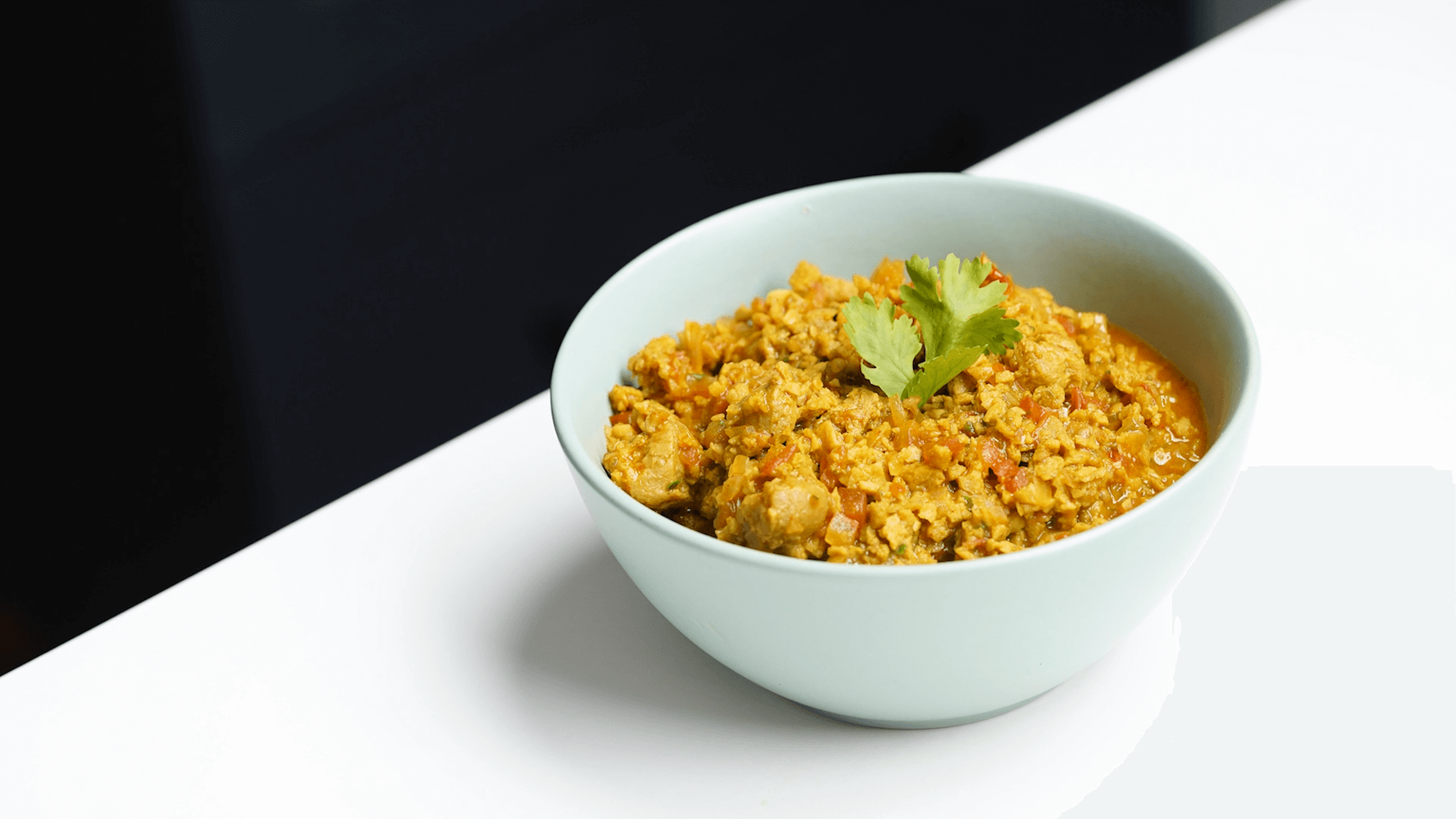
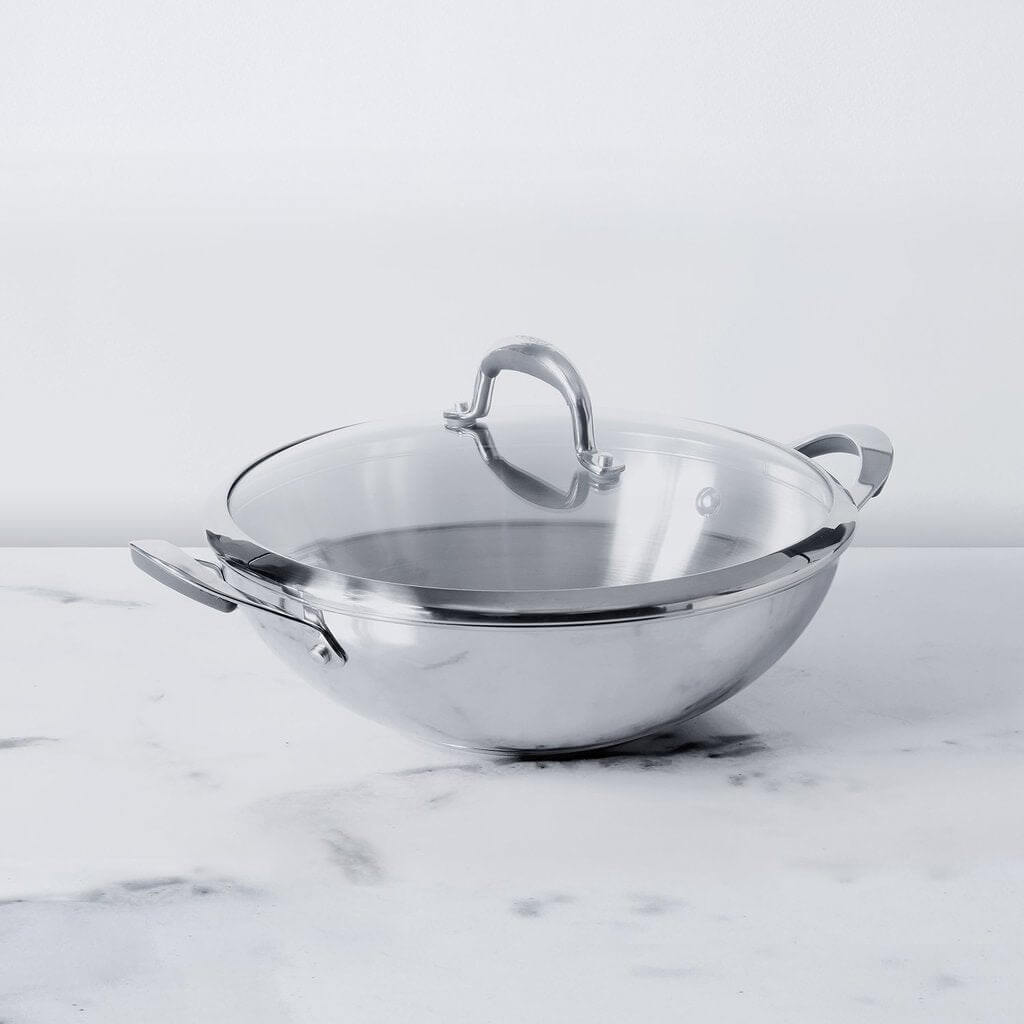
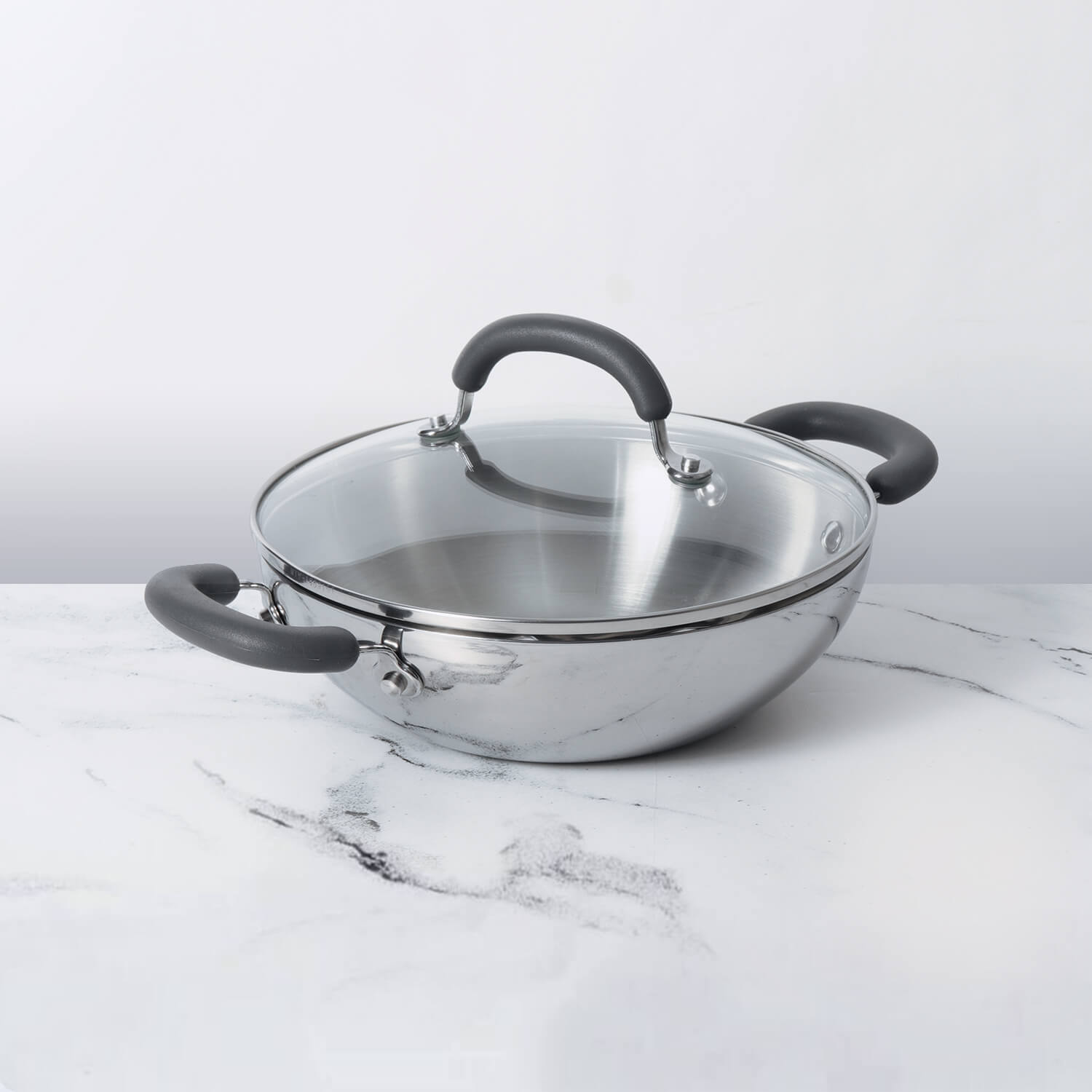




Leave a comment